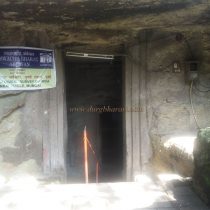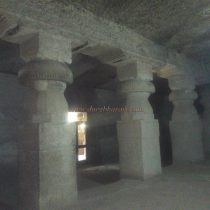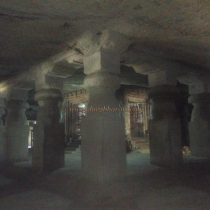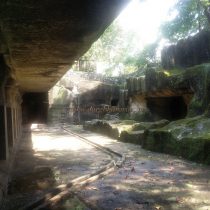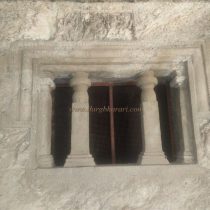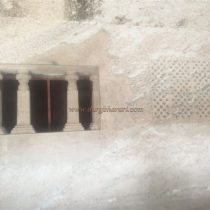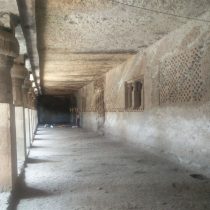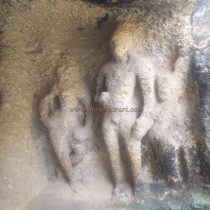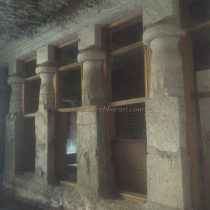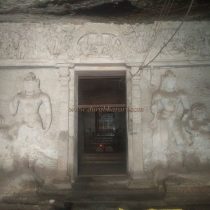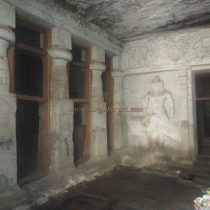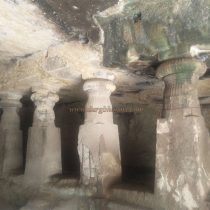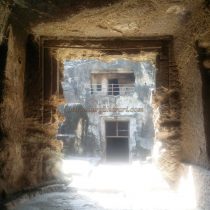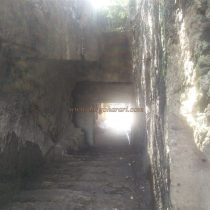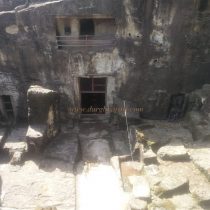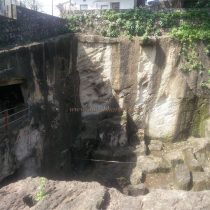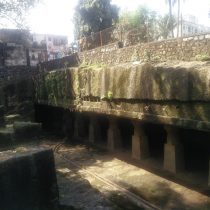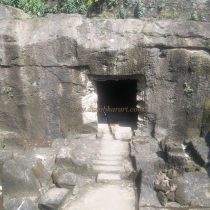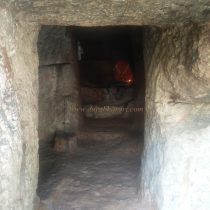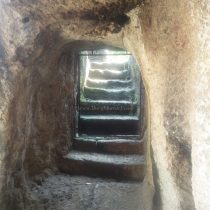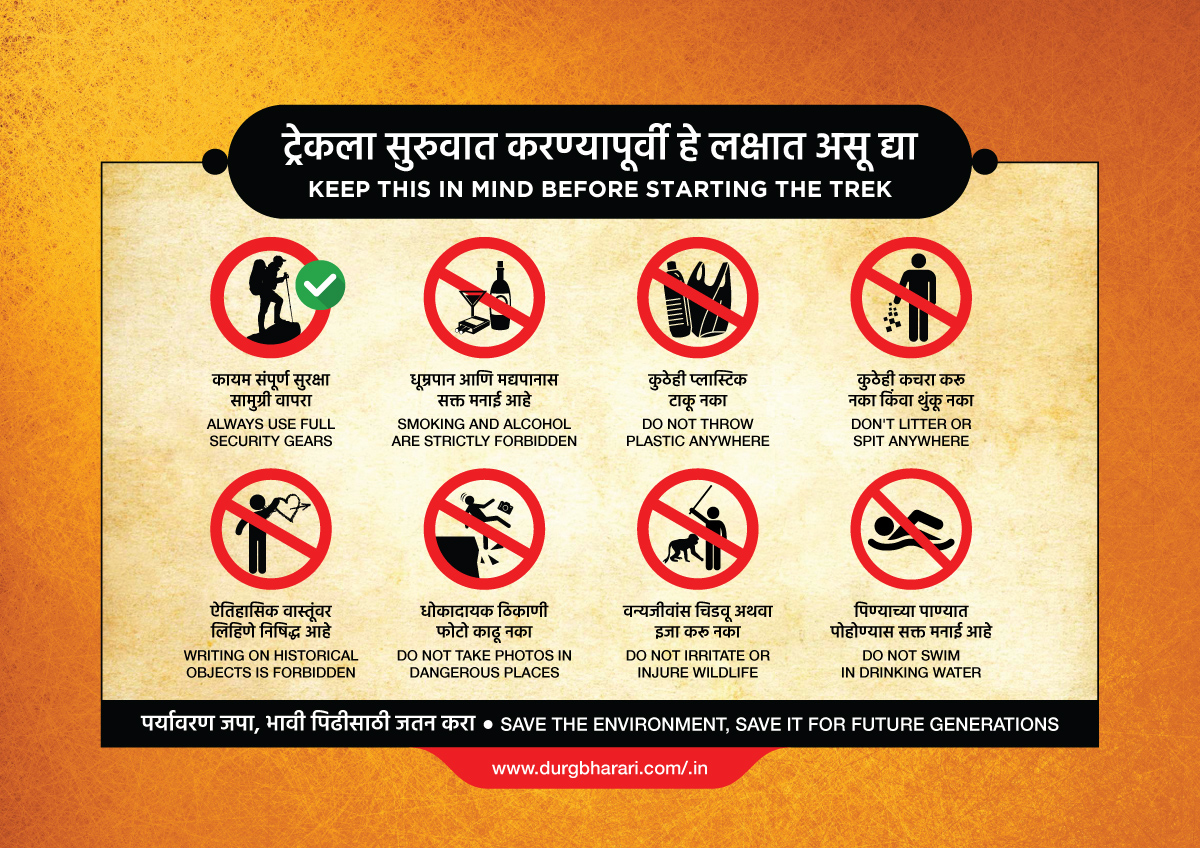JOGESHWARI
TYPE : SHAIV LENI
DISTRICT : MUMBAI
Jogeshwari Caves are located at a distance of 2 km from Jogeshwari Railway Station in the suburbs of Mumbai. Rickshaws are available from Jogeshwari railway station to reach here. Jogeshwari Caves is a beautiful confluence of Buddhist and Vedic religious caves and has Vedic and Buddhist cave temple sculptures. The time of creation of this cave is generally considered to be 1500 years ago i.e. 520 AD to 550 AD. These caves belong to the last phase of the Mahayana Buddhist founders and the restoration of the Vedic religion. This cave belongs to the Brahmanical Shailotkirna and has similarities with one of the caves at Gharapuri and Verul. The cave may have been excavated under the Vakataka dynasty while some researchers believe that the cave may be Mauryan. Jogeshwari Caves were excavated in the period between the closure of Ajanta Caves and before the commencement of Gharapuri Caves.
...
In the first and second centuries BC. The caves were formed under the leadership of the Vakataka dynasty. Later in the sixth century, the Vedic community also adopted the tradition of cave temple construction in the same area. From Ajanta some artisans came west and the first Vedic cave temple, Jogeshwari Caves, began construction. The sculpture in this cave has beautiful images of Lakulish, Kalyan Sundarmurthy, Nataraja, and Lord Shiv granting grace to Ravan, Shiva-Parvati playing saripat, armed men and gatekeepers. According to renowned historian and scholar Walter Spink, the Jogeshwari Caves are the largest Hindu cave temple in terms of length. There are two entrances to enter the Jogeshwari cave, East and West. Both these entrances are surrounded by rock and the rock has been carved into the entrance. On entering through the western entrance of the cave, the first thing you see is a large assembly hall carved in rock. In the center of this assembly hall, six pillars are carved in a row separated from the wall in four directions. In the middle of this twenty-four pillars, the main temple (Gabhara) of Goddess Jogeshwari in the cave is carved in length 30 x 30. The word Yogeshwari has been transformed to Jogeshwari which is the identity of this area. This goddess is the talisman of some Marathi community and is worshiped by them. There are many beautiful sculptures of various idols carved on the wall of the cave and many pillars have been made on the walls of the cave. There is an open veranda outside this hall and one can go there from the hall. The walls of this veranda and the door leading from here are also decorated with delicate lattice work and sculptures. On this side of the veranda there is a Shiv temple cave with a Shivlinga and a cave with a Hanuman idol. Two water tanks are found dug here to supply water to this cave temple. Apart from this, there are two more cave temples here namely Ganesh temple and Dattatraya temple, out of which Ganesh idol is carved in the Ganesh cave and in the Dattatraya temple shendur is applied to the stone. The gatekeeper rooms are carved on both sides of this entrance and the wedding ceremony of Shivaji and Parvati is carved on the upper side. Next to this is the rest of the cave where there is a Ganesh temple cave. From this further steps one can exit to the east side and go round the cave to the Datta Mandir cave on the first floor. Here the entire tour of the caves is completed. Naturally, the Jogeshwari temple cave has been partially destroyed due to wear and tear and the remaining work is being done by the tourists. At present these caves are completely surrounded by slum settlements and the sewage from these houses seeps into the caves and this water gets stored in the cave itself, threatening the very existence of the cave. The cave has been declared as a protected monument by the Archaeological Survey of India.
© Suresh Nimbalkar

